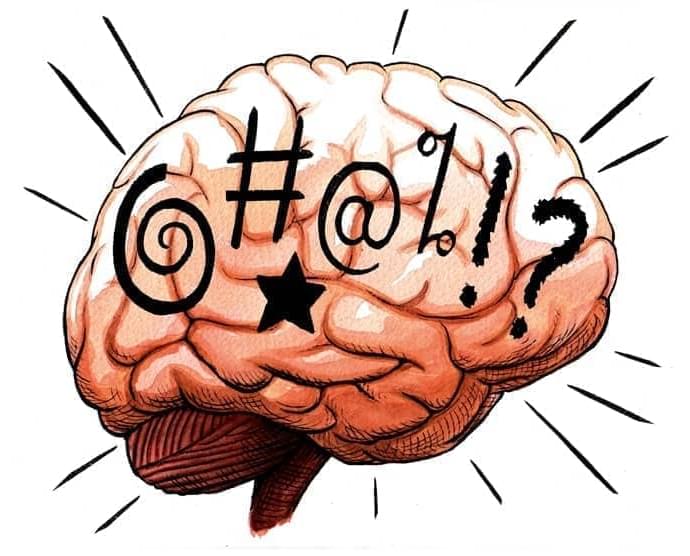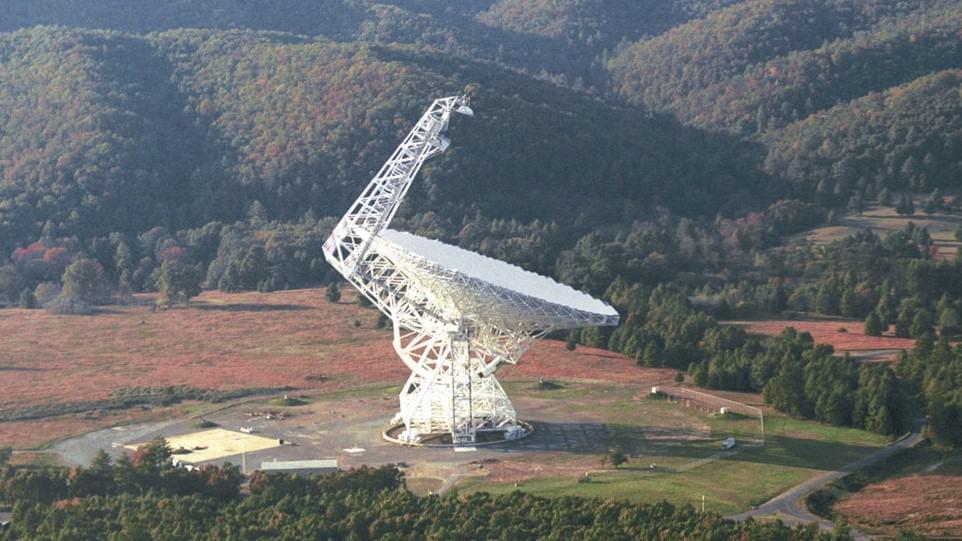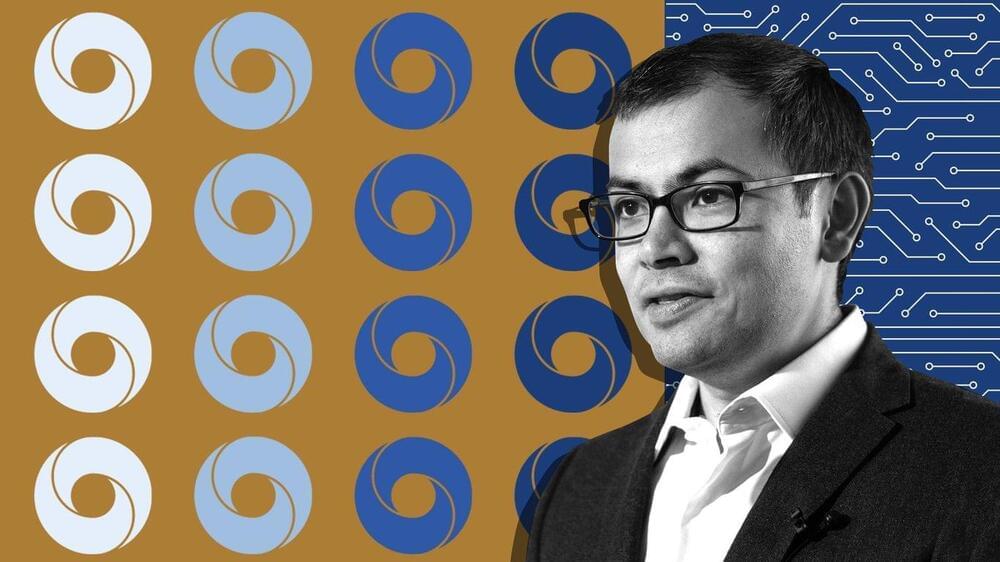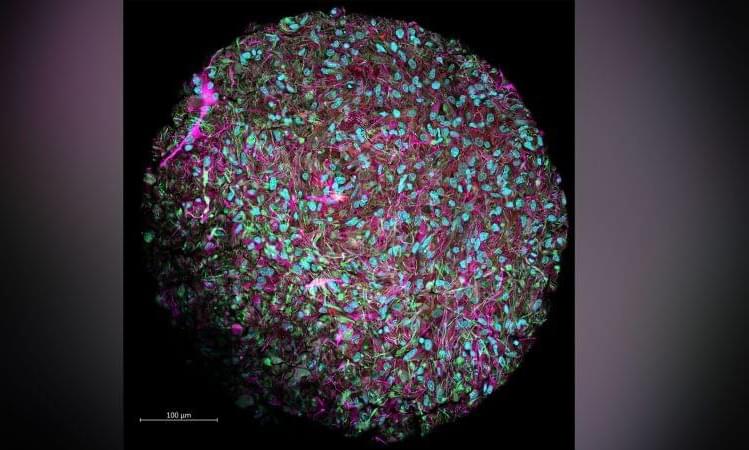Subscribe for more great Philip K Dick audiobooks ::
https://www.youtube.com/channel/UC9OaAFInNSwLdyueyI6Taxg.
“We Can Remember It for You Wholesale” is a short story by Philip K. Dick first published in The Magazine of Fantasy & Science Fiction in April 1966. It features a melding of reality, false memory, and real memory. The story has been the subject of two film adaptations, 1990’s Total Recall, with Arnold Schwarzenegger as the story’s protagonist; and 2012’s same-titled with Colin Farrell in a similar role.
Douglas Quail, a simple and ordinary clerk, wishes to visit Mars. Unable to afford it, he visits a company, REKAL (pronounced “recall”) Incorporated, which promises to implant an “extra-factual memory” of a trip to Mars as a secret agent. The procedure involves administration of narkidrine, a sedative and truth drug, which causes Quail to remember and reveal that he actually did go to Mars as a secret government agent. His conscious memories of the trip have been erased, but his initial desire to sign up for the trip cannot be removed. The REKAL staff quickly get Quail out of their office without implanting anything, but his real memories are now returning slowly. At home, he finds physical evidence to support his trip but also remembers that he attended REKAL. This conflict causes him to angrily return for a refund, which he is given.
When two police officers show up to kill him, Quail discovers that his former handlers have been reading his thoughts by means of an implanted device that was used to communicate with him during his mission on Mars. As more memories return, he realizes that he was an assassin for the government, but also remembers how to disarm the cops and escape. Since he can be tracked by the device, this cannot last for long. He thus makes a deal for the memory of his Mars mission to be replaced by a false memory of his deepest fantasy as analyzed by psychiatrists, in order to prevent any further desires to visit REKAL. He is sent back to REKAL for the procedure, but under the narkidrine, he reveals that the memories they are about to implant are real — that aliens visited him when he was nine and were so touched by his kindness and compassion that they decided to postpone their invasion until his death. By simply remaining alive, he is the most important person on Earth, and the government is now unable to kill him.
Philip K Dick :: We Can Remember It For You Wholesale :: Alternate Version.
Philip K Dick :: Do Androids Dream Of Electric Sheep :: Complete Audiobook https://www.youtube.com/playlist?list=PL8FOUNWblapUdeQ86NW1SrmVno-jsDknO





